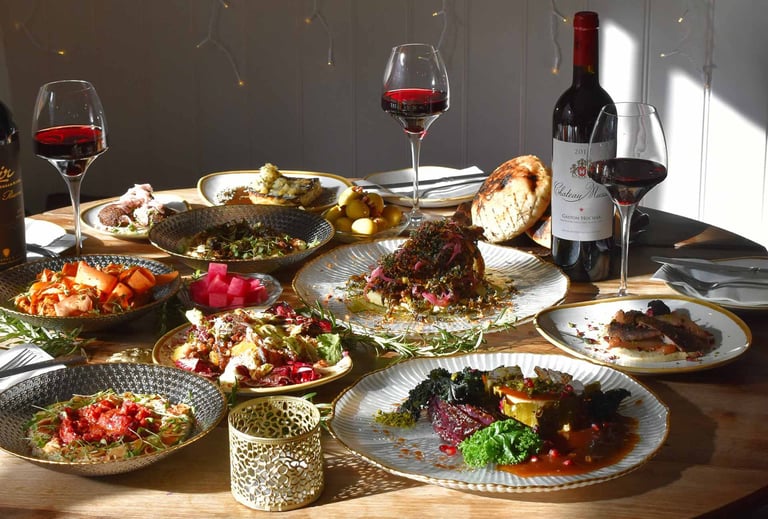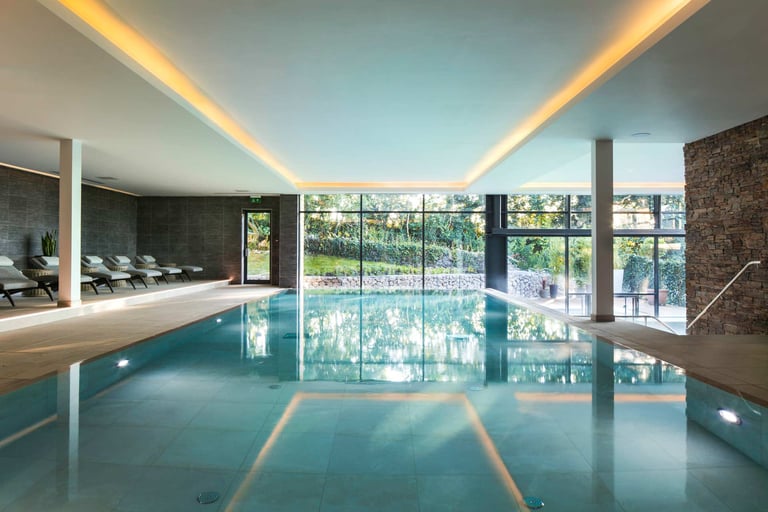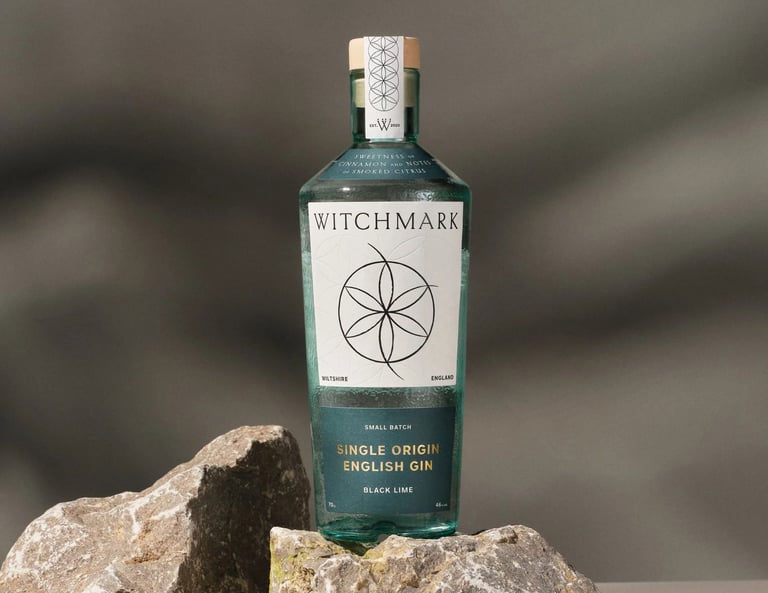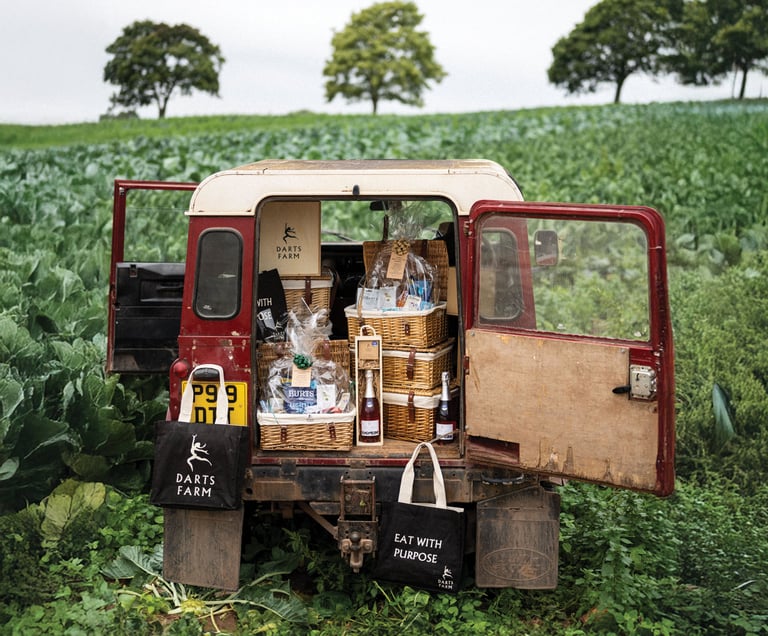Visually appealing content enhances people’s experiences of food. High-quality videos make recipes more engaging and help connect with the audience.
With the right tools, anyone can create professional-looking videos to showcase cooking skills. Video is now essential in food culture, helping chefs and home cooks share recipes, techniques, and trends. This article explores how a simple video editor can improve content creation.
Simplified Video Editing for Culinary Creators
Creating professional-looking food videos no longer requires advanced editing skills. Modern online video editors simplify the process, allowing users to easily trim clips, merge footage, and add text or effects. These tools help showcase cooking techniques, highlight key ingredients, and enhance storytelling through engaging visuals.
One effective option for hassle-free video editing is Adobe Express. Adobe have this video editor, which is designed for individuals and businesses seeking polished content without complex software. Its intuitive interface makes it easy to create compelling videos, whether you’re demonstrating recipes, sharing food reviews, or producing social media content. The platform includes essential features such as drag-and-drop editing, customisable text, and built-in effects to refine video presentations effortlessly.
Beyond editing, users can maintain a consistent brand identity by adding logos, selecting brand colours, and choosing fonts that align with their style.
Crafting Engaging Culinary Narratives
Once the technical aspects are in place, the focus should shift to storytelling. A compelling narrative makes recipe videos more engaging and helps build a connection with the audience. Rather than simply presenting a list of steps, consider the journey behind the dish, its origins, cultural significance, and the memories tied to it.
For instance, if showcasing a traditional family recipe, include anecdotes about its history or how it has been passed down through generations. This personal touch adds depth and makes viewers more likely to try the dish themselves. A strong narrative enhances retention, as people remember stories more than instructions.
Visual storytelling plays a key role in reinforcing the message. Use close-up shots to highlight textures, slow-motion clips to emphasise key moments, and background music that complements the mood. Thoughtful video editing can enhance these elements, making the final content visually appealing and immersive.
Pacing is equally essential. Well-timed edits ensure clarity in the cooking process and maintain viewer interest. Avoid unnecessary pauses, and balance instructional segments with engaging visuals to keep the flow natural. A well-structured video with an engaging story transforms a simple recipe into an experience that resonates with the audience.
Making Culinary Videos More Engaging
Using different techniques can make your cooking videos more interesting and enjoyable. A mix of visuals, sound, and audience interaction can turn a simple recipe demonstration into a more immersive experience.
Start by trying various camera angles. Close-ups highlight textures, overhead shots give a clear view of the process, and broader shots show the kitchen setup. Capturing small details like chopping, stirring, or plating adds authenticity and keeps viewers connected to the cooking process.
Sound also plays an important role. Background music can set the mood, whether light and cheerful for quick meals or calm for comforting dishes. Voiceovers or on-screen explanations help guide viewers, making the video more valuable. Natural sounds like sizzling, chopping, or pouring add a satisfying layer to the experience.
Encouraging interaction helps build a connection with the audience. Ask questions, invite viewers to comment on their experiences, or suggest variations they can try. Responding to comments and featuring viewer-submitted ideas can strengthen engagement and make people more likely to follow along with your content.
Enhancing Your Editing Skills
Improving your video editing skills takes practice and experimentation. As you become more comfortable with editing tools, try different features to refine your style and enhance your content.
Online courses and tutorials can provide valuable insights—platforms like YouTube offer free resources covering everything from basic edits to advanced techniques. Learning new methods helps streamline your workflow and improve the quality of your videos.
Testing different styles and transitions lets you find the best for your content. Some effects may enhance storytelling, while others can add a signature touch to your videos. Consistent editing helps build a recognisable visual identity, making your content more memorable.
Exploring Collaboration Opportunities
Partnering with other creators can add variety to your content and introduce your work to a broader audience. Collaborating with food bloggers, chefs, or influencers who share a similar style or passion allows for fresh perspectives, making your videos more engaging. Viewers enjoy seeing different techniques, cultural influences, and creative approaches, which can inspire them to try new recipes.
Successful collaborations start with clear communication. When reaching out to potential partners, define your goals and outline how both sides will benefit. Joint projects can take many forms, including recipe swaps, cook-offs, themed challenges, or guest appearances in each other’s videos. These partnerships create engaging content while exposing your work to new audiences.
Beyond video collaborations, consider teaming up for live events, giveaways, or community-driven initiatives. Hosting a joint live cooking session or Q&A allows followers from both audiences to interact in real-time. Social media cross-promotion, such as sharing behind-the-scenes content or tagging each other in posts, further increases visibility.
Final Touches: Sharing Your Creations
Once your video is complete, the next step is getting it in front of the right audience. Sharing your content on different platforms helps expand your reach and connect with food enthusiasts. Social media, food blogs, and video-sharing sites offer excellent opportunities to showcase your work.
Tailoring content for each platform improves engagement. Short, visually appealing clips work well on Instagram and TikTok, while longer, in-depth tutorials are better suited for YouTube. Consider breaking down extended videos into bite-sized segments for different audiences. Adding captions makes videos more accessible and increases watch time.
Interacting with viewers is key to building a strong community. Reply to comments, ask questions, and encourage discussions. Featuring viewer suggestions or showcasing their recreations of your recipes can strengthen engagement.
Optimising videos for search engines helps attract more viewers. Use clear and descriptive titles, relevant tags, and keyword-rich descriptions. High-quality thumbnails also improve click-through rates.
As you can see, creating engaging videos of your culinary creations is a powerful way to captivate audiences, share your passion, and elevate your brand. Whether you’re a home cook, food blogger, or professional chef, leveraging video can enhance your reach and inspire others to explore new flavours and techniques. Start experimenting today and bring your dishes to life on screen!






